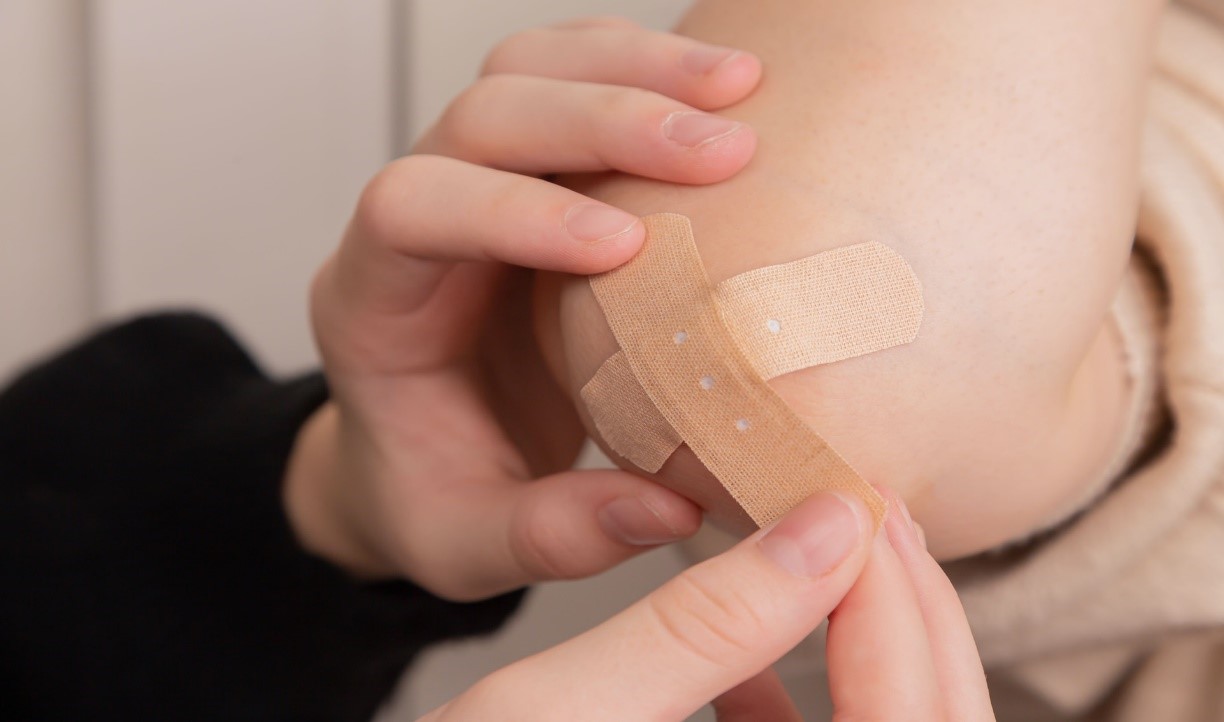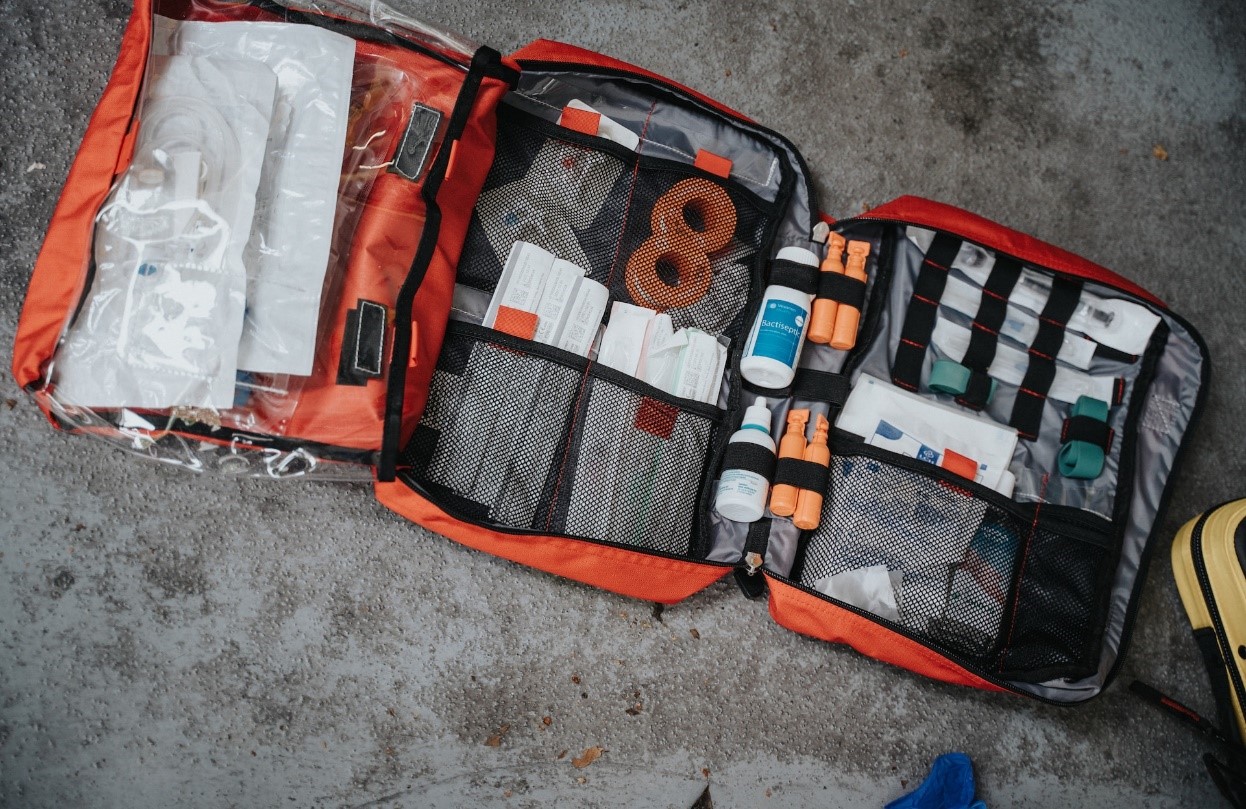Introduction and Basic Assessment

Figure 1. First Aid Training.
Figure 1 shows first aid training. Welcome to the first part of our First Aid 101 series, where you'll learn the fundamental principles of providing initial assistance in emergency situations. In this segment, we'll cover the crucial steps for ensuring your safety, assessing the situation, and conducting a primary survey.
Step 1: Safety First
Before you rush to help someone, it's essential to ensure your safety and the safety of others. This means assessing the scene for potential hazards that could put you at risk, such as traffic, fire, or dangerous chemicals. If the environment is not safe, you won't be able to help effectively. Always prioritize your safety. [1]
Step 2: Assess the Situation
Once you've determined that the scene is safe, it's time to assess the situation. Check if the person is conscious and responsive. You can do this by gently tapping their shoulder and asking, "Are you okay?" If they don't respond, shout for help and call emergency services (911 or your local emergency number) immediately. If they respond, proceed to the next step. [1]
Step 3: Primary Survey
The primary survey is a quick assessment to identify any life-threatening conditions that require immediate attention. Remember the ABCDs:
- A - Airway: Check if the person's airway is clear. If they're unconscious, their tongue might block their airway, making it difficult to breathe. Gently tilt their head back to open the airway.
- B - Breathing: Look, listen, and feel for normal breathing. Place your ear close to their mouth and nose to detect breathing sounds, and feel for the rise and fall of their chest.
- C - Circulation: Check for a pulse by placing your fingers on the person's neck (carotid artery) or wrist (radial artery). If there's no pulse, begin CPR if you're trained to do so.
- D - Deadly Bleeding: Scan for any severe bleeding. If you find severe bleeding, apply direct pressure using a cloth, your hand, or a bandage. Your aim is to control the bleeding.
After the primary survey, if you find any life-threatening issues in the airway, breathing, or circulation, you must address them immediately. If the person doesn't have any of these immediate threats, you can then move on to providing further assistance or waiting for professional medical help to arrive.
Remember, remaining calm and following these initial steps can greatly improve the chances of a positive outcome in an emergency situation. In the next part of our series, we'll delve into wound care and how to manage common injuries effectively.
References:
- https://nhcps.com/lesson/cpr-first-aid-first-aid-basics/
Cite this article:
Hana M (2023), First Aid 101, AnaTechmaz, pp.1





